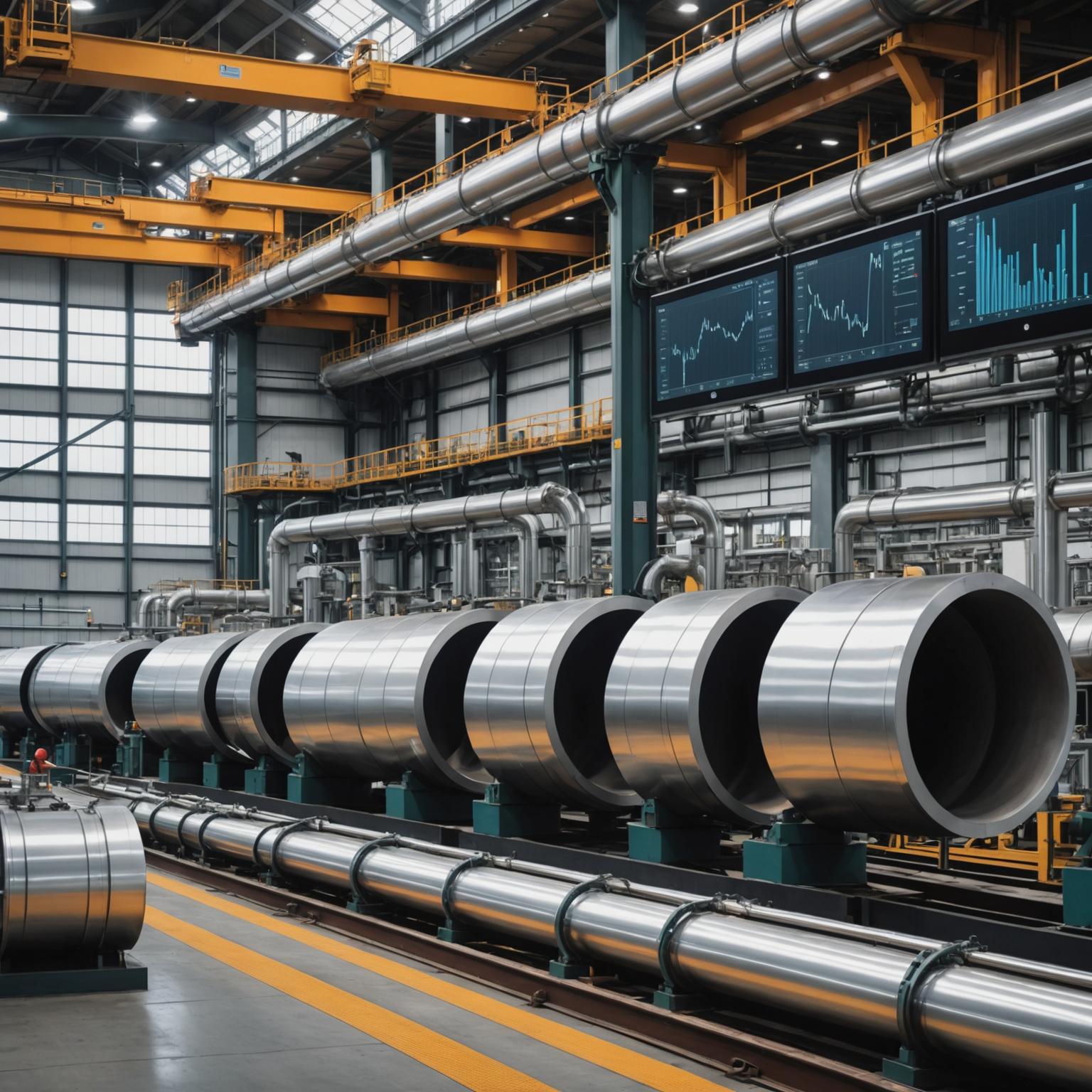Understanding Stainless Steel Plate: Material Innovation
Stainless steel plates are known as versatile, durable materials that are used in industries such as construction, automotive and interior design. In the popular grades of 201, 304, 430 and 316, each application provides unique attributes and benefits to various applications. The ability of stainless steel watches to withstand corrosion while retaining their aesthetic appeal is essential for modern projects. 
However, despite its advantages, alloy specialty agents such as premium aluminum sheets provide an alternative to stainless steel, demonstrating excellent lightweight properties and unparalleled accuracy. The brushed stainless steel surface discussed here is another miracle, blending robust performance with aesthetic sophistication.
Compare: Key Characteristics of Stainless Steel Grade
When comparing stainless steel grades, we observe significant differences in properties such as corrosion resistance, tensile strength and application suitability. For example, Grade 201 stainless steel is cost-effective but has less resistance to corrosion, making it ideal for use in non-exposed environments. On the other hand, 304 stainless steel is a more durable option, known for its special resistance to oxidation and rust, especially in wet conditions.
The 430-grade bed sheet provides an economical option with moderate corrosion resistance and is suitable for applications such as home appliances and kitchen appliances. By contrast, grade 316 is considered an advanced choice for stainless steel plates due to its high molybdenum content. This addition significantly enhances its corrosion resistance, making it ideal for harsh environments exposed to brine or harsh chemicals.
At the same time, high-end aluminum sheets enter the competitive space, with the focus on lightweight strength and forging. However, brushed stainless steel surfaces enhance the aesthetics, which is ideal for forming and functioning the wall ni where seamless coexist.
Performance and aesthetic appeal
While stainless steel plates provide excellent performance, the brushed surface option emphasizes the visual aspect and attracts designers and engineers. The fine-textured finish resists fingerprints and smudges, making it suitable for areas with high tactile or high visibility. This stainless steel design complements contemporary interior and electronics to ensure durability and luxury.
On the other hand, high-grade aluminum sheets are designed for challenging environments where corrosion resistance and lightweight properties are crucial. Their shiny mirror-like finishing rival is aesthetically stainless steel, although the brushed stainless steel surface edges move forward in an elegant way.
Ultimately, the choice between these materials depends on priority. Stainless steel plates dominate corrosion resistance and heavy duty application, while aluminum plates emit light with their lightweight properties and excellent conductivity.
Purpose-made options and versatility
Customization plays an important role in modern material selection. Stainless steel plates have specific needs tailored to each level (2011, 304, 430 and 316). From the kitchen surface to the architectural decor, the brush finish provides versatility that aligns with a premium aesthetic.
Equally, premium aluminum sheets are available in customizable thicknesses and sizes to meet the professional needs of industries such as aerospace, automotive and industrial engineering. Their corrosion resistance and smooth finishes provide options for cutting-edge pieces, and performance is critical.
Conclusion: Make a wise choice
Choosing the right material for your project involves understanding the core characteristics of stainless steel plates and high-quality aluminum plates. Each plays a different role in form and function. Stainless steel grades (2011, 304, 430 and 316), from cost-effectiveness to premium durability, also bring various benefits. Meanwhile, brushed stainless steel surfaces redefine aesthetics, making ordinary designs extraordinary.
Advanced aluminum sheet is a breakthrough in industrial grade metal technology, providing an alternative to its lighter construction, precise and polished appearance. Whether you prioritize resistance, style or versatility, these options are designed to inspire innovation while achieving manufacturing goals.
Ultimately, understanding the differences between these materials allows you to make informed choices, ensuring your next creation can balance beauty and strength with unparalleled durability.








